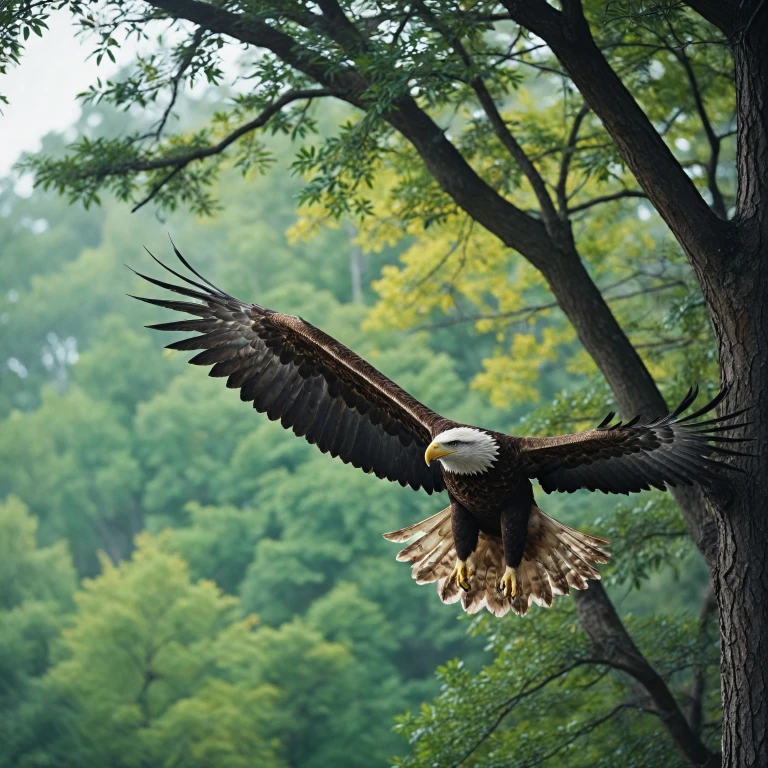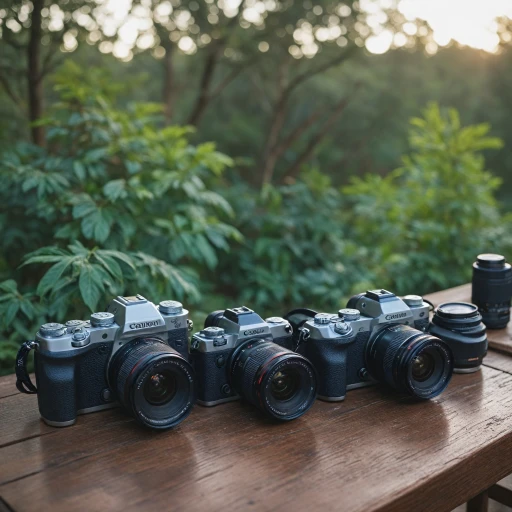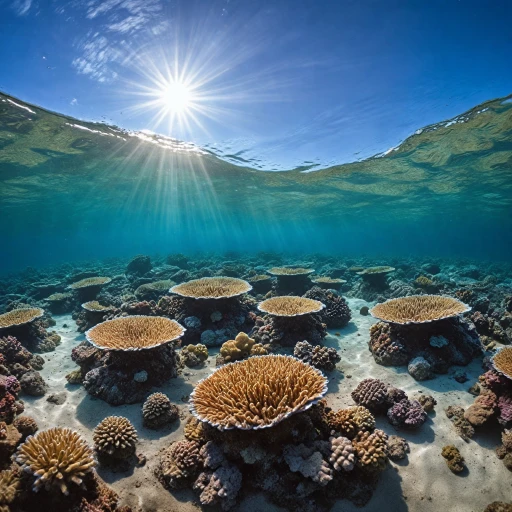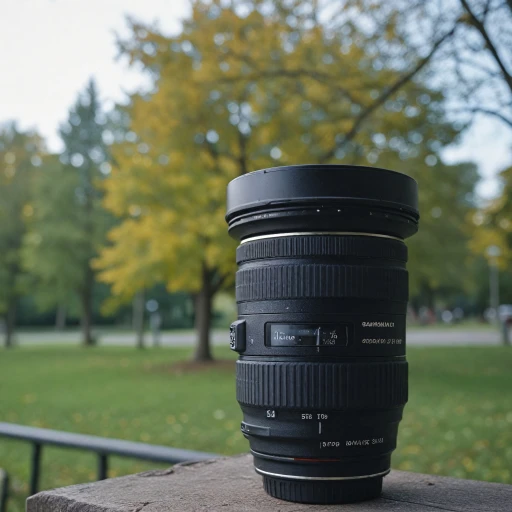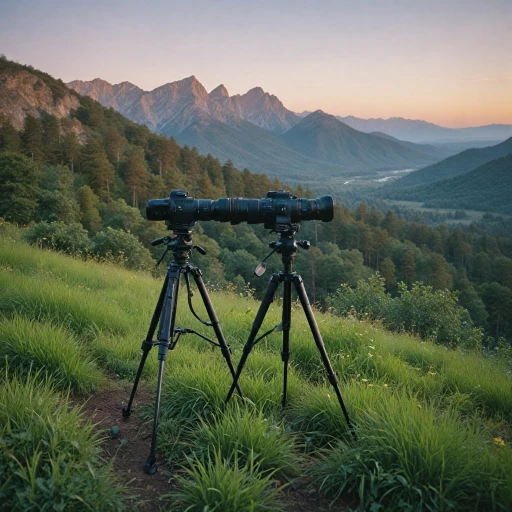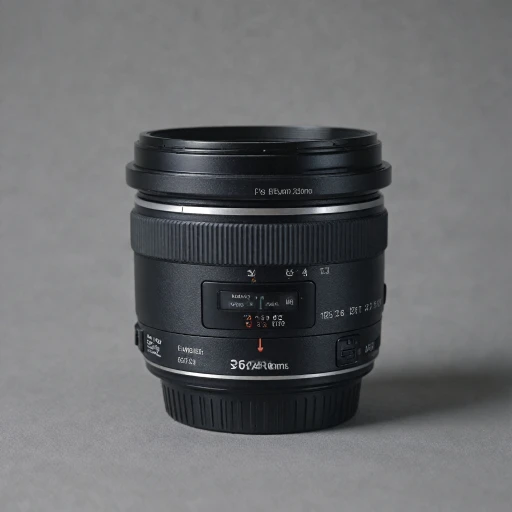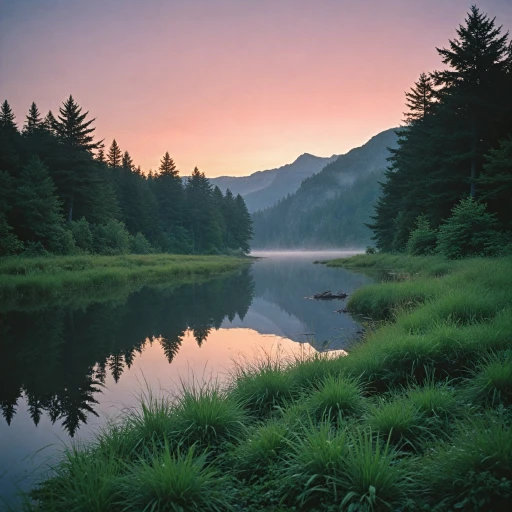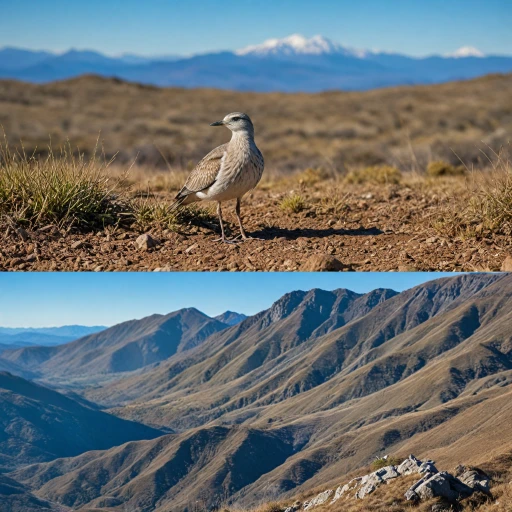
Understanding Wildlife Photography Needs
Understanding your wildlife photography needs is the cornerstone of making the right equipment selection. Wildlife photography demands specific qualities from your gear to capture nature in its most raw form. Knowing what to look for in a Canon lens can make a significant difference in your results.Anticipating Wildlife Behavior
Wildlife photography involves capturing animals in their natural habitats, which requires a lens that allows flexibility and speed in changing situations. Photographing wildlife often means dealing with unpredictable scenarios and quick movements, making aspects like the focal length and aperture crucial.Focal Length and Aperture Importance
The focal length directly affects how close you can get to your subject without disturbing the wildlife. Telephoto lenses are popular as they provide the reach without physical proximity. Meanwhile, a lens with a wide or maximum aperture lets in more light, vital for maintaining high image quality in varying light conditions.Balancing Lens Features and Budget
While considering the best features, aligning your budget with lens options is necessary. The price often reflects attributes such as image stabilization and quality of construction. Balancing these with your photography needs ensures you invest wisely.Maximizing Image Quality
Beyond focal length, think about attributes like the Canon USM for fast, quiet autofocus, which is advantageous in wildlife scenarios. CLS stroke width and fill considerations also play a role when assessing the depth and clarity achievable in your photographs.Choosing Versatile Gear
Lastly, consider how your lens can adapt to different wildlife photography challenges. Zoom lenses offer versatility for diverse settings, though some photographers might prefer the consistency of prime lenses for their renowned image quality. For a detailed look into versatile lenses, explore the Sigma 18-50mm versatility for more insights. By focusing on these essential needs, you are better equipped to select the right Canon lens, enhancing your potential for stunning wildlife captures.Key Features of Canon Lenses for Wildlife
Essential Characteristics of Canon Lenses for Capturing Wildlife
Embarking on wildlife photography requires specific lens features to ensure high-quality captures of elusive animals in their natural habitat. Canon has crafted an array of lenses equipped to fulfill the unique demands of wildlife photographers. Here’s what to look for.
- Telephoto Capabilities: In wildlife photography, distance management is crucial. A telephoto lens allows photographers to capture detailed images from afar, minimizing disturbance to the subject. Canon telephoto lenses offer impressive focal lengths essential for wildlife.
- Image Stabilization: Blurred images due to slight hand movements can be a significant issue during wildlife shoots. Canon’s image stabilization technology comes into play here, ensuring stability and sharpness even in unpredictable outdoor environments.
- Wide Maximum Aperture: A wide aperture is instrumental in low-light scenarios, a frequent occurrence in wildlife settings. A lens featuring a large aperture, like Canon USM lenses, enables faster shutter speeds, improving image quality.
- Autofocus and USM Performance: Capturing fast-moving animals requires swift and accurate autofocus. Canon’s ultrasonic motor (USM) in lenses ensures smooth and precise focusing, enhancing the chances of nabbing that perfect shot.
- Build Quality and Weather Sealing: Robust construction and weather resistance ensure your gear withstands harsh conditions, protecting the lens’s internal components from dust and moisture.
For those keen on delving deeper into the specifics of Canon lenses, be sure to explore more on their dimensions and capabilities in detail. Canon RF 16mm f/2.8 Lens offers profound insights into lens nuances impacting wildlife photography.
Top Canon Lenses for Wildlife Photography
Top Lenses for Capturing Wildlife
Choosing the right Canon lenses for wildlife photography can significantly impact your images' quality and depth. Whether you’re working with a telephoto lens to bring distant subjects closer or balancing aperture settings for best exposure, Canon offers versatile options. To help guide your decision, here's a breakdown of some top Canon lens choices that excel in wildlife settings:- Canon EF 100-400mm f/4.5-5.6L IS II USM: Known for its excellent telephoto reach, this lens provides the flexibility to adjust focal length as the situation demands. Equipped with image stabilization, it ensures sharp images even when shooting handheld in challenging lighting conditions.
- Canon EF 400mm f/5.6L USM: Ideal for those who prefer a lens with dedicated focal length, this option is appreciated for its sharpness and quick autofocus, both crucial for capturing fast-moving wildlife subjects.
- Canon RF 70-200mm f/2.8L IS USM: Although on the pricier end, this piece suits full-frame Canon cameras perfectly, providing remarkable image quality and formidable performance in low-light scenarios, thanks to its wide maximum aperture.
- Canon EF 70-300mm f/4-5.6L IS USM: An affordable alternative, offering diverse applications from landscape to wildlife photography. Its built-in USM motor ensures swift and silent autofocus, essential for maintaining a stealthy approach.
Comparing Prime vs. Zoom Lenses
The Battle Between Prime and Zoom Lenses
When embarking on wildlife photography, one critical decision involves choosing between prime lenses and zoom lenses. Each type offers distinct advantages, making the choice largely dependent on personal preference and specific photography needs. Prime lenses, known for their fixed focal length, often deliver superior image quality. They tend to have wider apertures which offer striking depth of field effects and excellent low-light performance. For wildlife photographers who prioritize image quality above all else, a prime lens may be the best option. In contrast, zoom lenses excel in flexibility. Wildlife can be unpredictable, moving rapidly and varying distances. A zoom lens can quickly adjust, providing a versatile range of focal lengths. This flexibility is invaluable when capturing animals both close-up and far away without needing to switch lenses or physically move around—an asset in wildlife photography’s often challenging environments.Comparing Features: Prime vs. Zoom
- Image Quality: Prime lenses generally provide sharper images with better contrast due to fewer optical elements.
- Aperture: Prime lenses typically have larger maximum apertures, beneficial for low-light conditions and achieving beautifully blurred backgrounds.
- Weight and Size: While prime lenses can be lighter and more compact, zoom lenses sometimes require that extra bulk for their versatile focal length ranges.
- Price: Zoom lenses might come at a premium due to their complexity; however, they might reduce the need for carrying multiple prime lenses.
Tips for Choosing the Right Lens
Selecting Lenses for Superior Wildlife Shots
Choosing the right lens for wildlife photography can be a complex task. With an array of options available, understanding how to pick a lens that suits your personal needs is important.- Consider the Focal Length: For wildlife photography, a telephoto lens with a significant focal length is often preferred. The focal length needs to be long enough to capture distant subjects clearly. Zoom lenses offer versatility and can be an excellent choice if you're capturing wildlife from varying distances. On the other hand, a prime lens, with a fixed focal length, might provide superior image quality.
- Image Stabilization: Ensuring your lens has a robust image stabilization feature is crucial, especially when shooting handheld at long focal lengths. The Canon USM lenses often provide excellent stabilization options, allowing for sharper images even in low-light scenarios.
- Aperture and Maximum Aperture: A lens with a wide maximum aperture will allow more light to enter, which is beneficial for shooting in dim conditions. Wide apertures help achieve a blurred background, making the subject stand out. This can vastly improve the aesthetic quality of your wildlife photography.
- Budget Considerations: The price of lenses can vary greatly. Balance your budget with your needs - higher-end lenses typically offer better build quality and image properties. However, there are plenty of budget options providing impressive capabilities for photographers still honing their craft.
- Lens Compatibility: Ensure the lens is compatible with your camera. For Canon cameras, ensure you're selecting a Canon lens or a third-party lens compatible with Canon mounts.
Maintaining and Caring for Your Lens
Proper Cleaning and Storage
Maintaining your Canon lens for wildlife photography is crucial to ensure it delivers top-notch image quality. You should invest in a high-quality cleaning kit that includes a lens cleaning solution, microfiber cloths, and a soft brush. Regularly clean the lens to remove any dust, dirt, or moisture that you may encounter while shooting in the great outdoors.
Protective Gear is a Must
Wildlife environments can be harsh, so safeguarding your equipment is essential. Consider using lens filters not only to enhance image quality but also to protect the front element of your lens. Additionally, a sturdy lens hood can protect against accidental bumps, and a waterproof camera bag will further ensure the safety of your equipment during unfavorable weather conditions.
Regular Check-Ups
Over time, components in lenses, especially complex ones like a Canon USM lens, can wear out. It is advisable to have your equipment professionally serviced periodically. This will include adjusting the focus and checking the image stabilization mechanism, particularly in telephoto lenses critical for capturing distant wildlife subjects.
Ensure Optimal Usage
Always use the appropriate settings for your lens. For example, when using a zoom lens, ensure you are aware of the maximum aperture settings to capture that perfect shot with the right depth of field. Also, be aware of the focal length range suitable for your camera's settings, especially if you're using a full-frame camera. This will aid in achieving the best quality images.
Consistent Practice and Learning
Finally, remember that the world of wildlife photography is constantly evolving. Regularly practicing your skills in different environments and circumstances will keep you familiar with your equipment's capabilities. Moreover, staying updated with the latest photography canon tips and technologies will ensure that you make the most of your lenses, elevating your photographic outcomes.
